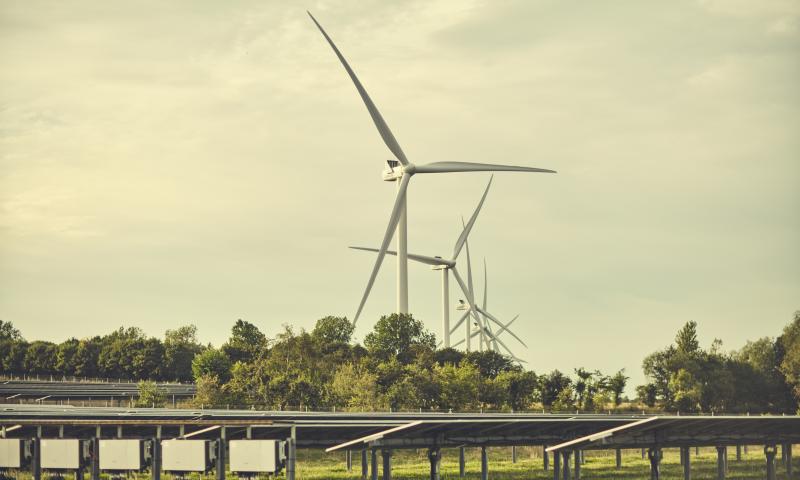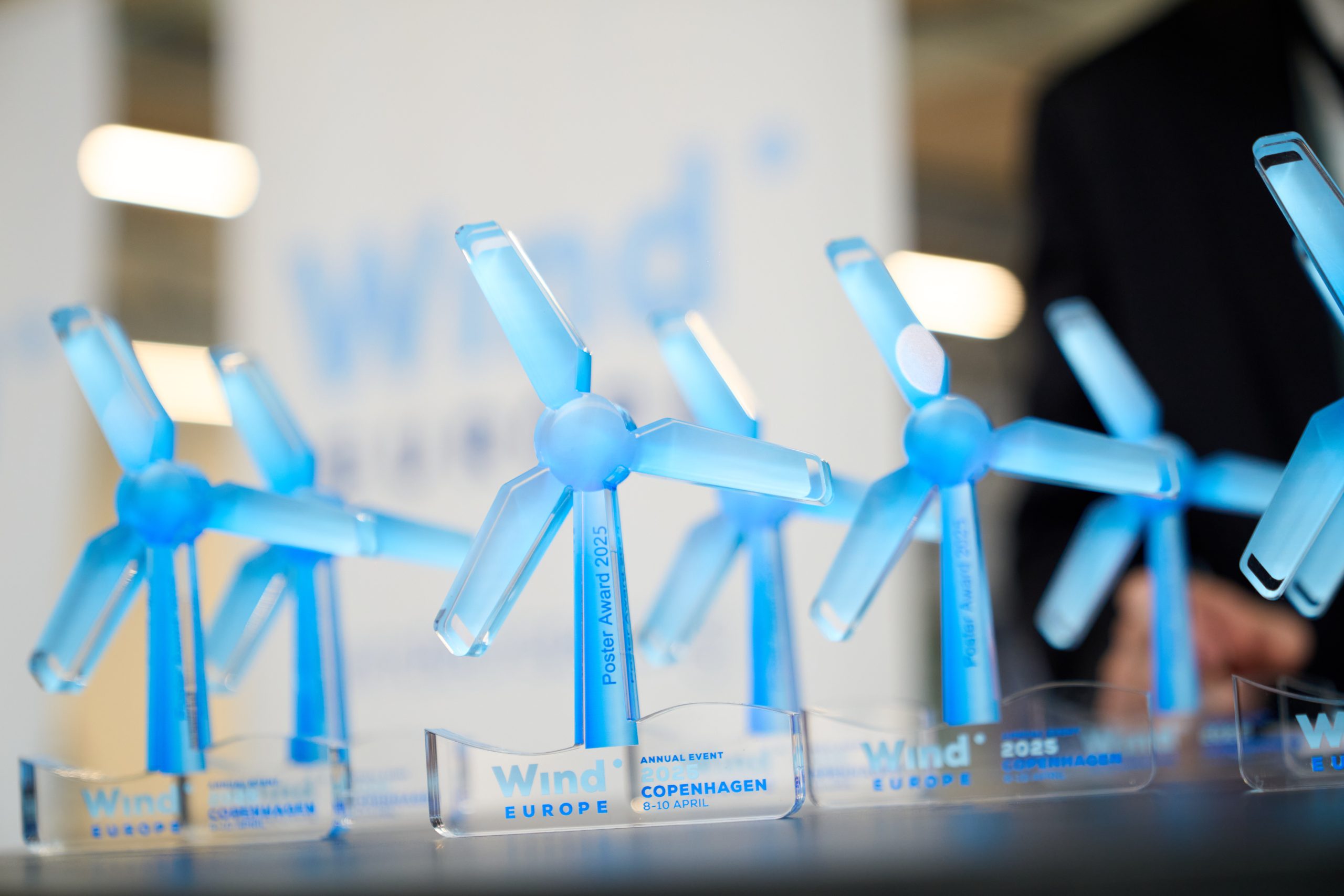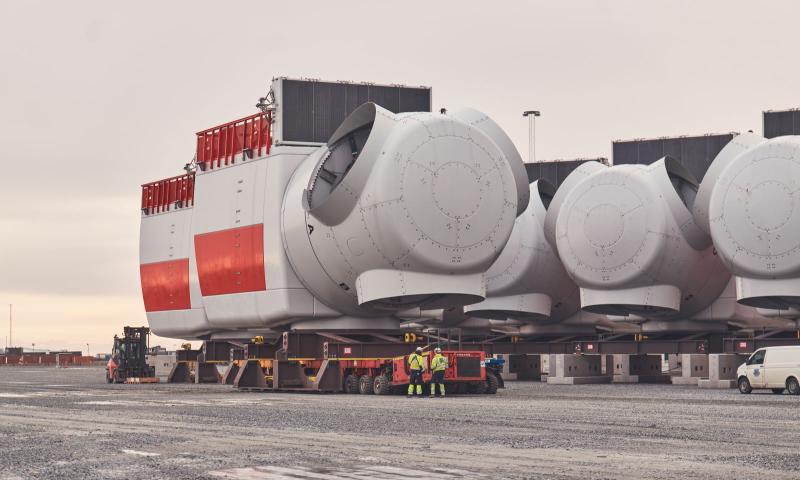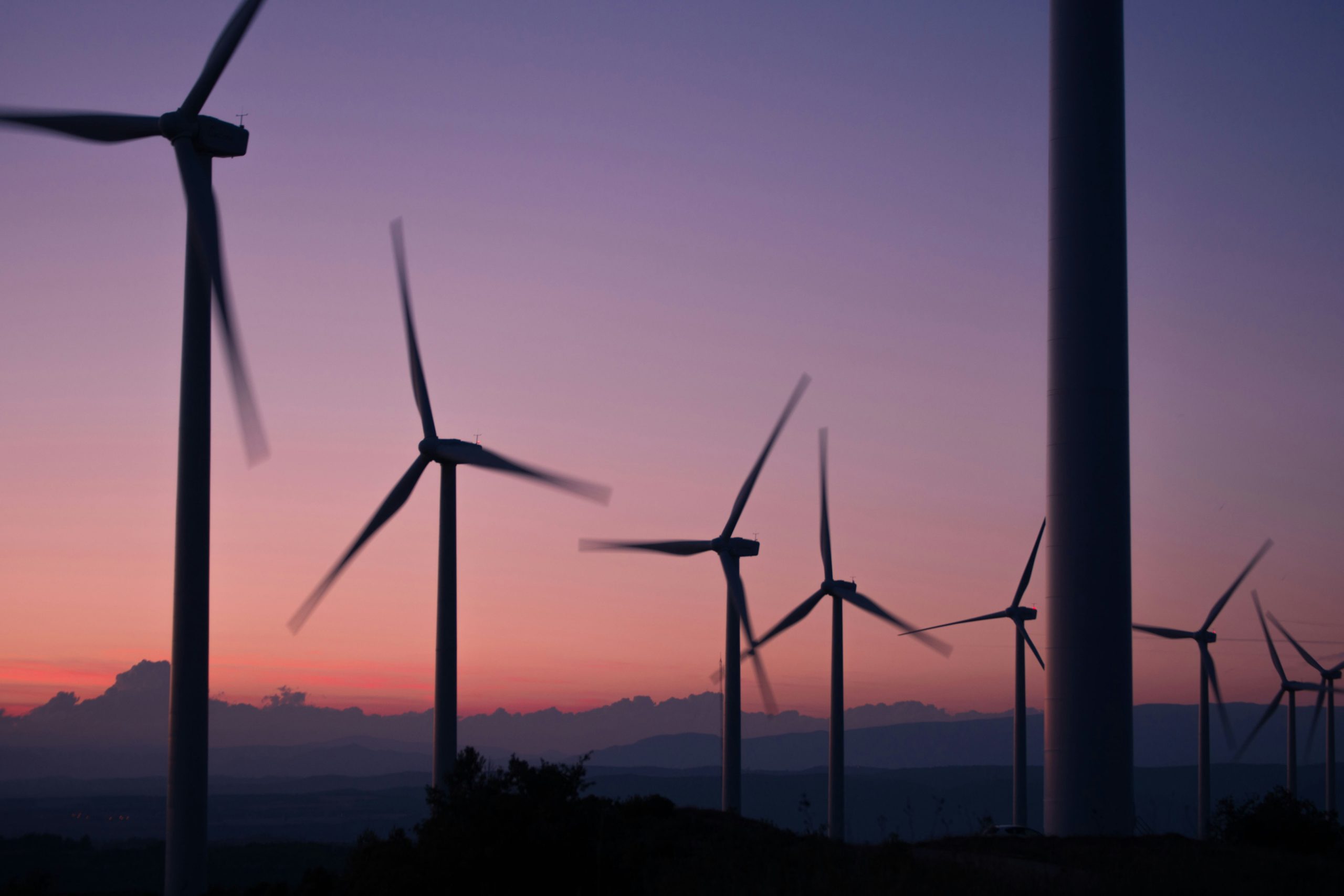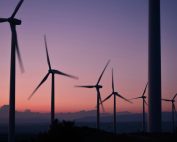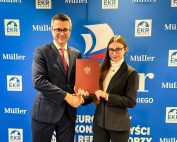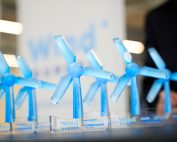Member states of the Baltic Sea region are supposed to agree their capacity goals for offshore renewable energy for 2030-2040-2050 by 24 January 2023 to enable the EU transmission operators’ network to devise a plan for the development of the strategic integrated offshore grid. The deadline is close, and the European Network of Transmission Operators for Electricity (ENTSO-E) would “ideally” see some plans coming already next month.
Under the offshore grid planning provisions, EU member states are expected to submit agreed regional goals for offshore renewable energy generation for each sea basin by 24 January 2023. Based on them, high-level strategic integrated offshore network development plans will be ironed out for each sea basin by 24 January 2024.
The regional plans for offshore wind energy generation will cover the perspective by 2050, with intermediate goals for 2030 and 2040. In its presentation at the recent Baltic Energy Market Interconnection Plan (BEMIP) High-level group in the area of offshore wind webinar, the Commission underlined that it is the first time, when the EU member states will cooperate on regional goals within each sea basin.
“Once we have the goals, then TEN-E legislation mandated ENTSO-E to develop high-level strategic integrated development plans for all sea basins with the aim of providing high-level outlook on offshore generation capacities and resulting offshore grid needs,” Irina Minciuna from the European Commission, DG Energy said during the meeting. “The planning that comes after establishment of the goals aims to give as a really good picture of what is necessary to be implemented,” she added.
The EC listed two characteristics of such plans in its guidance presented at the meeting. They should be in line with National Energy and Climate Plans (NECPs) as well as “the offshore renewable potential” of each sea basin and have the form of “non-binding agreements” related to each sea basin linked to the territory of member states. Non-binding means that there’s no legal actions regulation connected to the offshore development.
“All the work that we are doing in relation to offshore is to arrive to this offshore goals figures,” the representative of the Commission noted.
When it comes to the ensuing plans of strategic offshore network development, they should provide “a high-level outlook on offshore generation capacities potential and resulting offshore grid needs”, which would include potential interconnectors, hybrid projects, radial connections, and reinforcements as well as hydrogen infrastructure. These plans will be prepared by the European Network of Transmission Operators for Electricity (ENTSO-E) in cooperation with operators from member states and other national authorities. The grid plans are to be updated every 2 years.
“It is a joined exercise based on the TEN-E regulation, joined between member states, which define the goals, then ENTSO-E defines necessary infrastructure, a then the Commission comes with guidelines how to calculate cost and benefit and who does what, then we again as ENTSO-E take this methodology and apply this on the infrastructure, “ Antje Orths from ENTSO-E said during BEMIP webinar.
According to the EC study from 2019, the capacity potential for the Baltic Sea in 2050 stands at 93 GW, while according to the combined ambitions of the Baltic Sea region itself the potential for 2030 amounts to 19,6 GW. Despite different timeframes, the difference between potential and ambition is obvious, as is the difference between the region’s ambition for 2030 and the current installed capacities which accounts for ca. 1/7 of the envisaged 19.6 GW in 2030. Fulfilling the gap requires intensive preparatory works and investments as well as political support and engagement, agreed the participants of the meeting.
What ENTSO-E need from the member states to prepare its plans are projected offshore RES capacities, offshore RES locations and maritime spatial plans ideally by end-October / mid-November this year, according to ENTSO-E presentation showed at the BEMIP meeting.
“When we are referring to the offshore planning, we have in mind the TEN-E regulation, which entered into force in mid of this year,” Irina Minciuna from DG Energy reminded.
As she explained, in the revised TEN-E legislation a number of improvements had been introduced, such as new infrastructure categories and reconfiguration of priority corridors. “Until now we didn’t have a hydrogen category or dedicated offshore corridor, and with a new legislation these elements have been included and recognized as being of pan-European relevance and importance,” Minciuna stressed. “Now, we have dedicated offshore planning provisions, … we eliminated natural gas from the TEN-E legislation, we focus on hydrogen electrolysers and no-carbon and renewable gases“- she enumerated.
Moreover, the revised TEN-E legislation enhanced the regulatory and permitting provisions to accelerate the implementation of all energy infrastructure projects of common interest placed on the final list for financing, not only offshore projects. The overall planning has been strengthened as well, including the infrastructure to be completed within the member states and which are of pan-European relevance, as well as mutual interest projects to be carried out with third countries.
The goal of the BEMIP high-level group is to create energy connections between the Baltic countries through which an integrated and open regional energy market will be achieved. The group includes representatives from Denmark, Germany, Estonia, Latvia, Lithuania, Poland, Finland and Sweden, with Norway as an observer.
Relevant working groups within BEMIP are working on individual projects concerning gas, electricity, security of supply, synchronization, RES, or energy connections for offshore projects. On 30 September 2020, ministers from 8 EU countries in the Baltic Sea region and European Commissioner for Energy Kadri Simson signed a declaration on closer cooperation in the area of offshore wind energy. On 28 October 2021, BEMIP adopted a work program for offshore development in the region. The plan is to be updated in 2024. Now BEMIP is coordinating the preparation of the region’s common goals for offshore development until 2050.
BalticWind.EU




